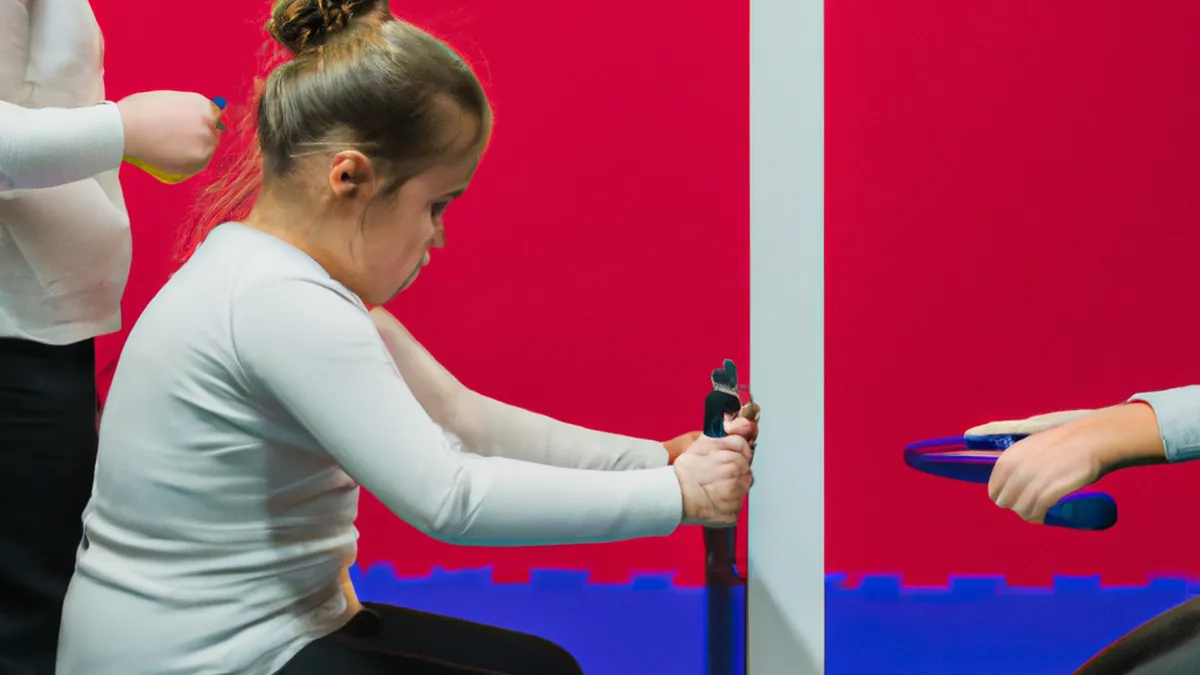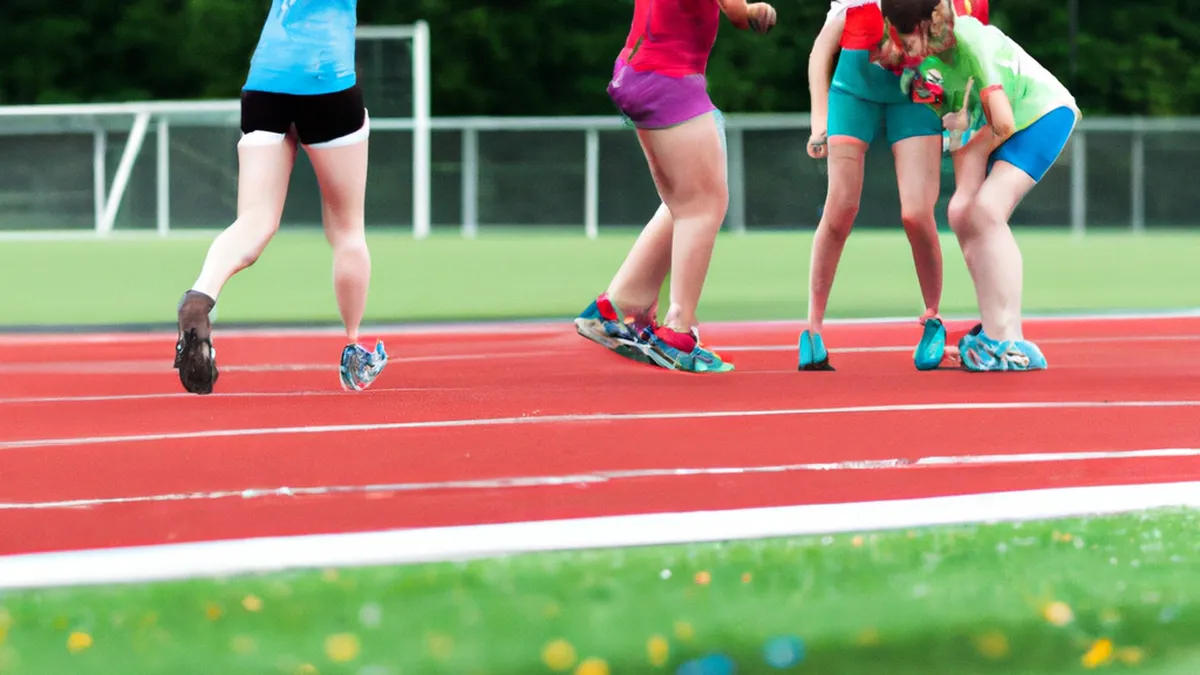Skill Development for Every Age Group
Age-Appropriate Training Tactics: Enhancing Learning for Children and Young AdultsTailor training methods for children and young adults to their developmental stages. Each age group responds to different techniques, ensuring effective learning and engagement. This article explores tactics that foster growth and understanding for each age group.
Understanding Developmental Stages
Understand the developmental stages that children experience. Each age group has unique cognitive, emotional, and social needs that affect learning. Recognizing these needs helps you develop effective strategies.
Infants and Toddlers (0-3 years)
Children learn mainly through exploration and sensory experiences at this stage. They grasp concepts through touch, sight, sound, and movement. Simple activities, like block play, enhance motor skills and cognitive growth. Repetition aids learning as infants and toddlers thrive on repeated actions.
Training Tactics:
– **Sensory Play**: Stimulate infants with various textures, sounds, and colors to engage their senses.- **Routine Activities**: Use structured routines to provide comfort, allowing learning through repetition.- **Short Sessions**: Keep sessions brief (10-15 minutes) to maintain focus and interest.
Preschoolers (4-5 years)
Preschoolers learn best in interactive environments where they can explore through play. They benefit from play-based learning that integrates fun activities with education. Incorporating games makes learning enjoyable and effective. Keep activities engaging to match their short attention spans.
Training Tactics:
– **Interactive Games**: Use songs, dance, and movement games to teach concepts in a fun way.- **Storytelling**: Use stories to convey lessons, as narratives resonate well with preschoolers.- **Choice Empowerment**: Let children choose activities, fostering independence and personal interest.
Early Elementary (6-8 years)
Children in this group can focus longer and enjoy hands-on activities that promote visual learning. They start understanding complex concepts and can engage in discussions. Encourage group activities to foster teamwork and social skills.
Training Tactics:
– **Visual Aids**: Use charts, diagrams, and crafts to illustrate concepts and enhance understanding.- **Group Projects**: Promote collaboration through team-based projects that encourage social interaction and problem-solving.- **Positive Reinforcement**: Celebrate achievements, no matter how small, to build confidence and motivation.
Late Elementary and Middle School (9-14 years)
Children develop critical thinking skills and seek more complex tasks during this stage. They appreciate challenges and engage in discussions and debates. Provide problem-solving opportunities to stimulate cognitive development.
Training Tactics:
– **Debates and Discussions**: Encourage discussions to develop critical thinking and communication skills.- **Real-World Problems**: Present real-life scenarios for problem-solving activities that challenge their thinking.- **Peer Feedback**: Foster peer evaluations to promote collaboration and reflection on learning.
Conclusion
As an Amazon Associate I earn from qualifying purchases.
Gear tip: consider label maker, storage crate, and clipboards bulk to support this topic.
Tailor your training tactics to match each age group’s developmental needs. This approach enhances learning and fosters engagement, ensuring children and young adults thrive.
Below are related products based on this post:
FAQ
What are the main learning methods for infants and toddlers?
Infants and toddlers learn primarily through exploration and sensory experiences. Engaging them with simple activities like block play helps enhance their motor skills and cognitive growth. Repetition is key, as they thrive on repeated actions that reinforce learning.
How can preschoolers benefit from play-based learning?
Preschoolers learn best in interactive environments where play is integrated with education. Activities such as interactive games and storytelling make learning enjoyable and effective, catering to their short attention spans and encouraging independent choices.
What training tactics are effective for early elementary children?
Children in early elementary can focus longer and benefit from hands-on activities. Using visual aids, promoting group projects, and providing positive reinforcement can enhance their understanding, teamwork, and motivation, helping them grasp more complex concepts.















Post Comment